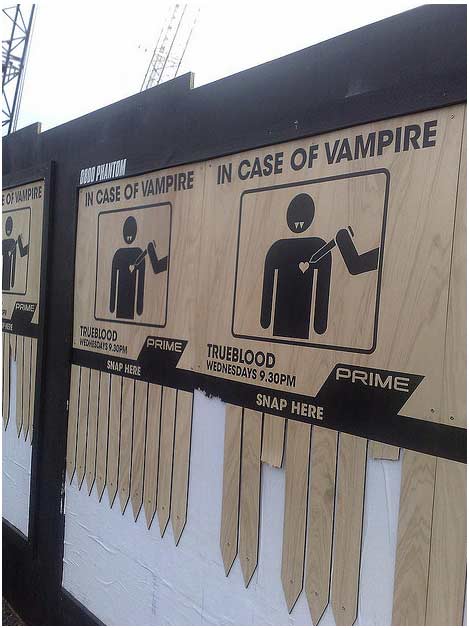If you’ve seen a flash mob for a mobile phone,
a logo washed out of the dirt in the pavement or an odd statue with a brand name on it, you’ve seen guerrilla marketing. Guerrilla marketing is a way of advertising to a population that can ignore ads, billboards and commercials by surprising them with low-cost, unusual ads in surprising places. Where traditional marketing campaigns rely on huge budgets to get widespread attention, guerrilla marketing needs only time, energy and lots of imagination.
Jay Conrad Levinson first coined the term in his book Guerrilla Marketing. He defined the principles of guerrilla marketing as:
• Small businesses and entrepreneurs do the best guerrilla marketing.
• The marketing needs to be based on psychology rather than experience or guessing.
• It requires time, energy and imagination – not money.
• The marketers should measure their amount of profits, not their sales.
• The marketers should also focus on how many new relationships are made each month.
• Create an excellent product or service with a strong focus, rather than trying to be all things to all people.
• Marketers should get more referrals, more repeat business and larger sales per transaction, rather than just attracting new customers.
• Cooperate with other businesses instead of competing with them.
• Marketers need to use a combination of marketing strategies per campaign.
• Current technology is indispensable to the campaign and to growing the business.
• Messages should be aimed at niches, and the smaller, the better.
• The campaign should gain the consent of the individual to send them more information, not to make a sale there and then.
• The campaigns require commitment and repetition to be effective in the long term. New concepts shouldn’t be created for each new campaign. Instead, campaigns should build on each other.
The most effective campaigns have a clear focus on a specific niche, and they are usually pretty amusing. But given the unexpected nature of guerrilla marketing, companies can sometimes find themselves in hot water with authorities.
IBM had to pay a US$120,000 fine to the city of San Francisco for spray-painting “Peace, Love and Linux” on the city streets. Microsoft was fined by New York City authorities when the butterfly stickers they coated the city in proved difficult to remove. The city threatened to sue but ended up only fining the company US$50 for littering.
One of the best ways to understand what it takes to create a successful campaign is to see what others have done. The showcase below highlights some of the best guerrilla marketing campaigns around the world.



















